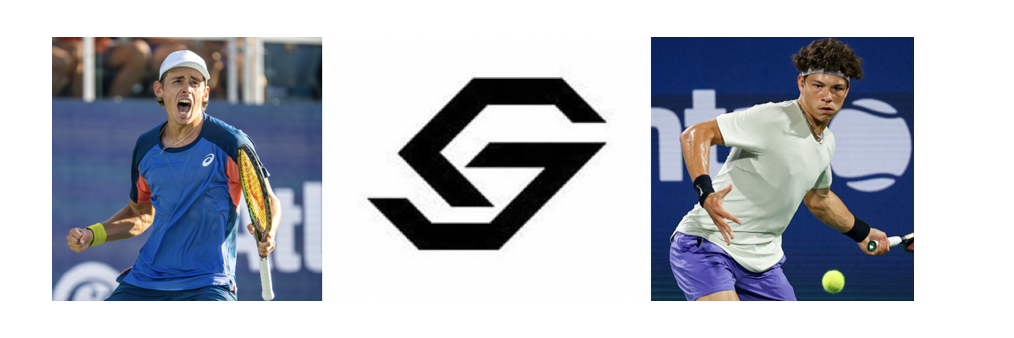
Introduction
There are various ways in which professional tennis players can earn their way into the upper echelons of ATP and WTA tours. The ATP and WTA run their tournaments mostly by giving entry into main draws to players based on their world ranking, but there are a couple of other means by which to participate. Both the women and men’s tours are based on this multi-tier system which includes three types of events:
- Main tour events
- Challengers
- Futures
At the peak of the main tour are the “grand slam events“–but the whole structure of these events matters all the way to entry-level futures tiers of the professional tennis. There three ways in which a player can participate the main draw of any tournament:
- Ranking
- Qualifying
- Wild card
Ranking
For many slots in a professional tournament, qualification for draws is based on a player’s ranking. Therefore if a player gets to the top in the draw at the period of cutoff he or she gains a direct entry to the tournament. That’s how players continue to qualify and the best method to guarantee a spot in a draw.
Qualifying
Almost all pro tournaments—at the Challenger and main tour levels—have a qualifying tournament which takes place before the main event. It consists of at least two rounds. In a grand slam, only 16 out 128 who play the qualifying rounds are given slots in the main draw. In other words, a qualifier must win a total of 10 matches in order to win a grand slam title. The entry into qualifying tournaments is also dependent on ATP or WTA ranking, obviously with a much lower requirement than main draws. For either qualifying or main draws, there is an available professional gaming platform one can visit like joker123.
Wild card
With 120 out of 128 slots in a grand slam draw taken through direct entry and qualifying, the remaining eight are held for wild cards. Wild cards are usually given out at the discretion of the organizers or in some cases kept for players with a certain accomplishment and in some rare cases are given for other reasons. Wild card slots are available in both qualifying and main draw. Some of the ways wild cards are issued:
- To players from home country
- Popular players with a home crowd
- Payers who have done well previously or have won a tournament
- Players who are capable of drawing a large crowd who are fans favorite
- Those attempting to come back and were once ranked higher
- Reciprocal agreement with a tennis association
Conclusion
From the above information, a player can start from the lowest level possible. Once they have adequate points to get the initial world ranking then they get a pathway for access to qualify for main draws of top-level tournaments depending on the cutoff. If a player inside the cut line withdraws then the highest-ranked player outside the cutoff gets a spot.


This is one of the more informative things I’ve read about the whole controversy over the Chris Kermode ouster. From this account, it sounds like it’s broadly about increasing equity for the lower ranked players, with Djokovic the lone top player in favor of increasing equity.
https://metro.co.uk/2019/04/07/support-novak-djokovic-emerges-chris-kermode-row-lower-echelons-mens-tennis-9129991/